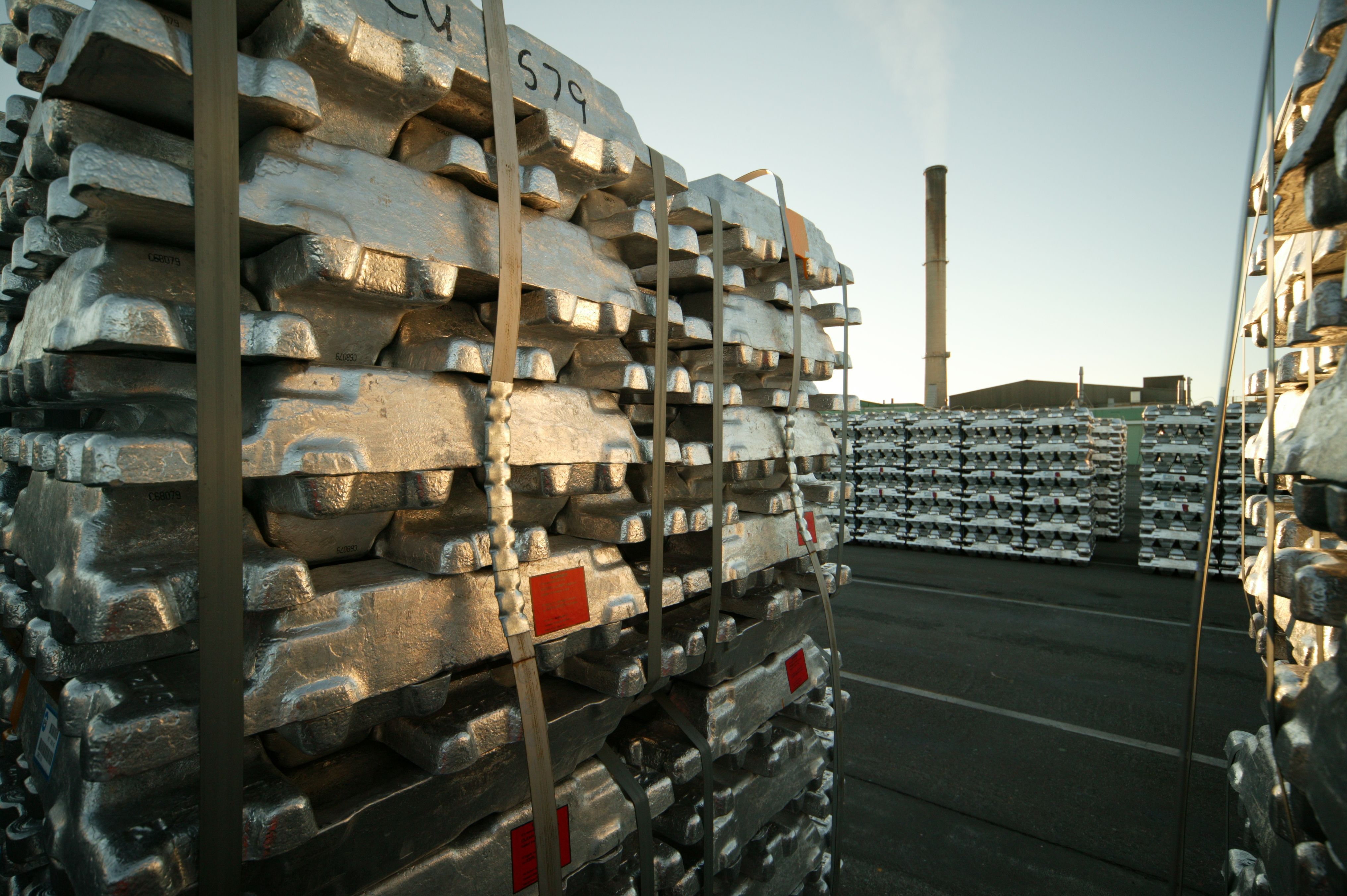GHD ENVIRONMENTAL SAMPLING REPORT
Global environmental and sustainability consultancy GHD was commissioned to undertake an extensive environmental monitoring report on the impact of operations in the coastal marine area around Tiwai.
The research has found a limited risk to marine ecology and no increased risk of health effects for people who come into contact with sediment and surface water or consume kai moana (sea food) in the surrounding coastal marine area.


